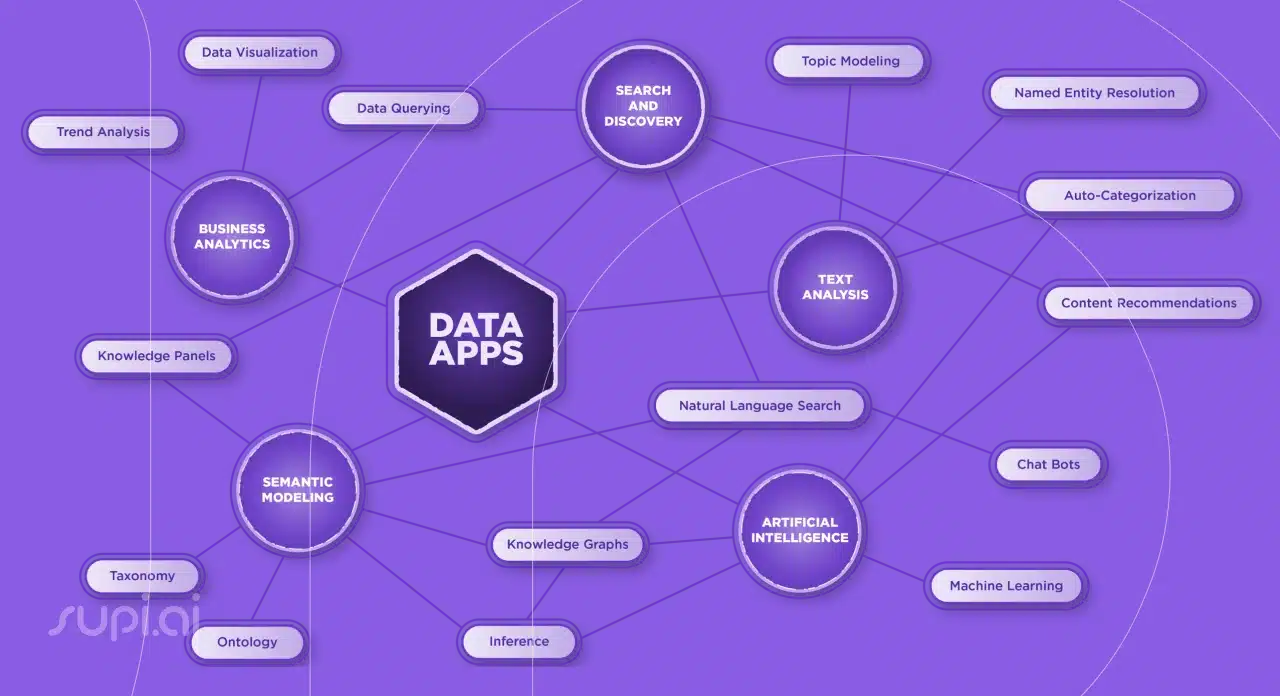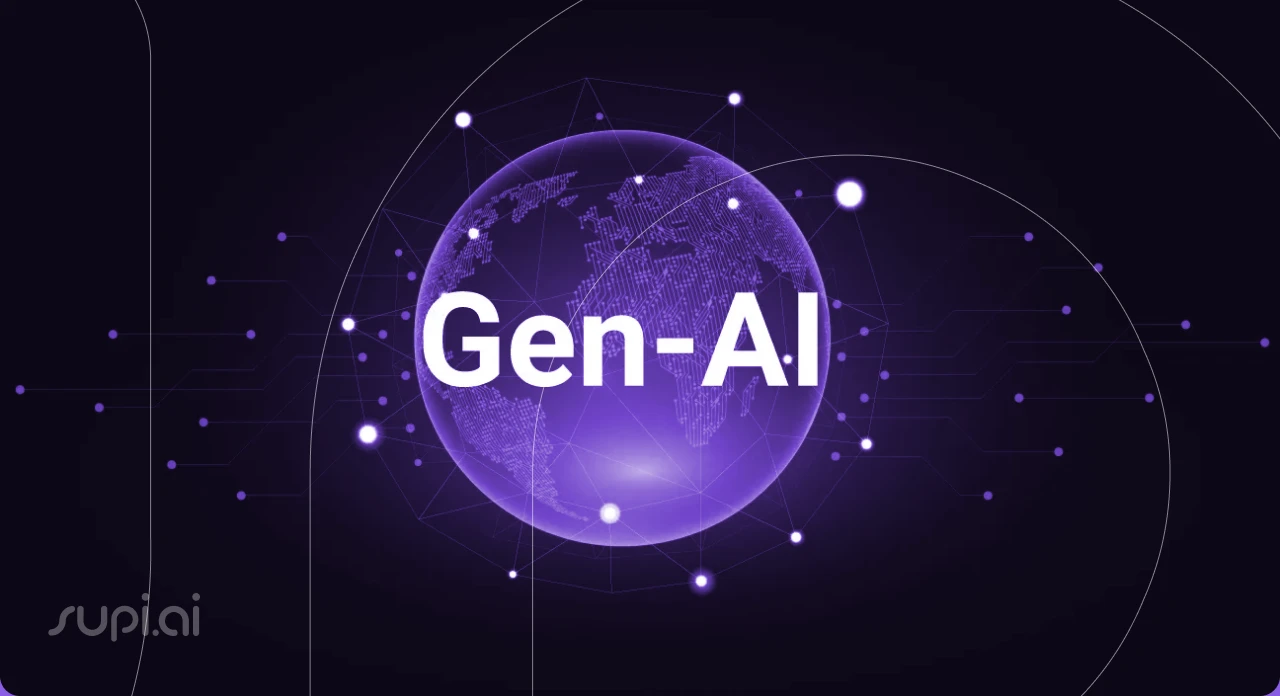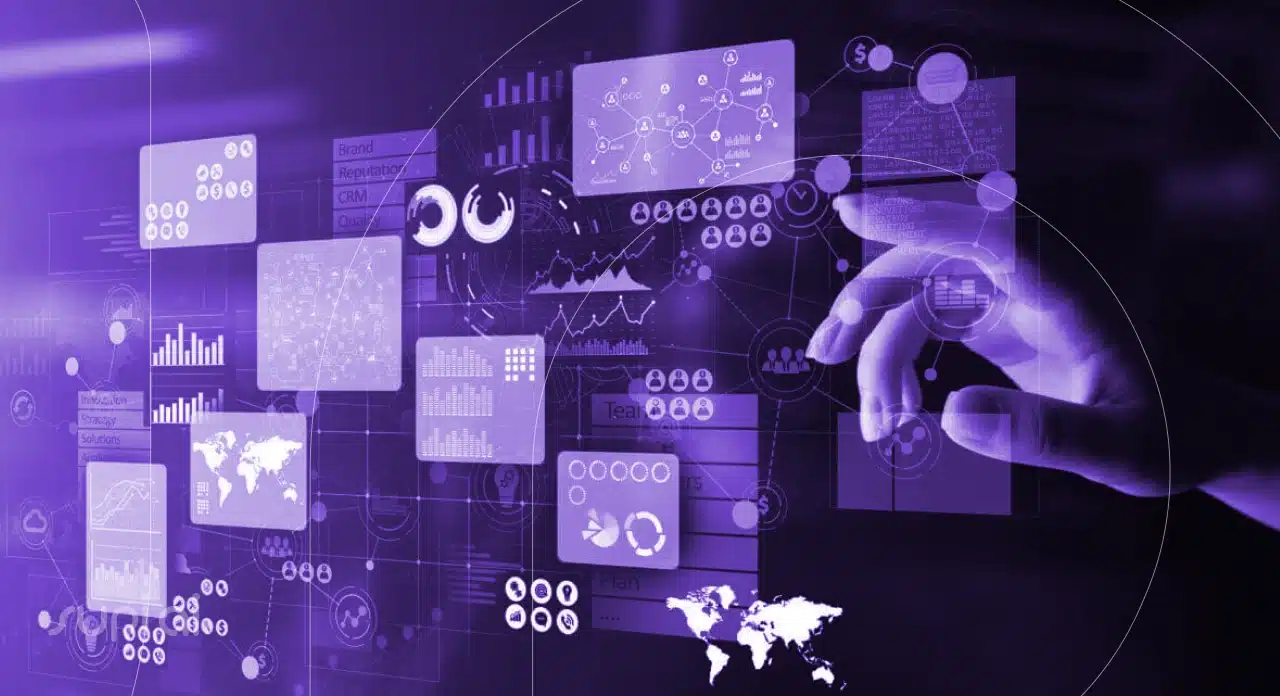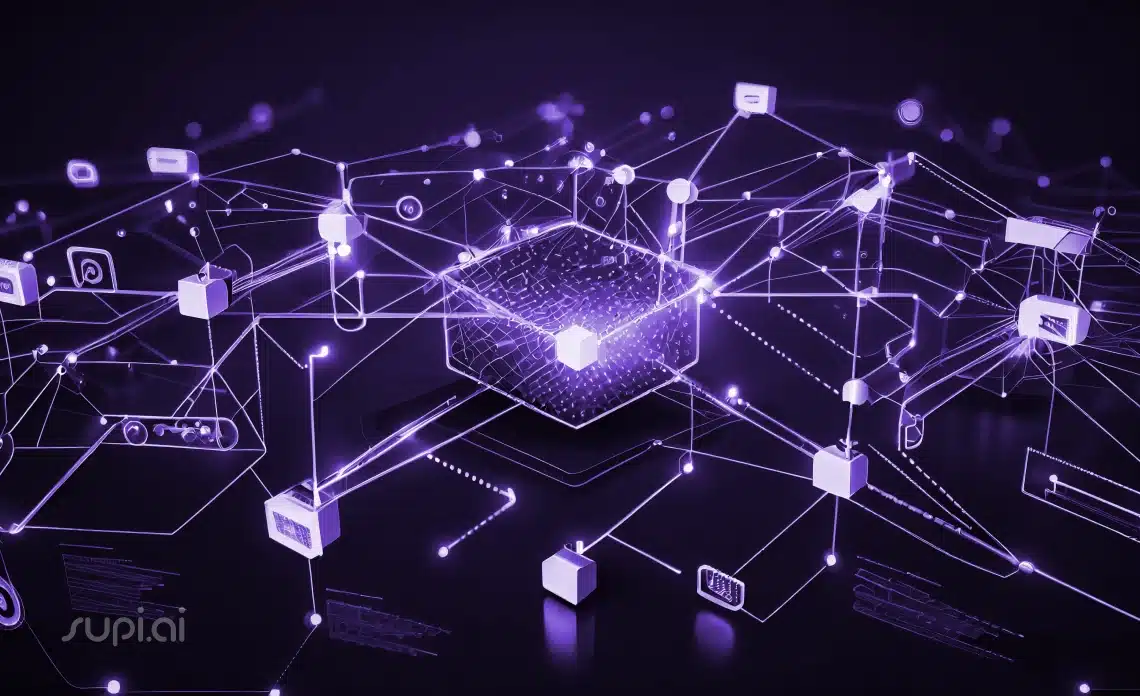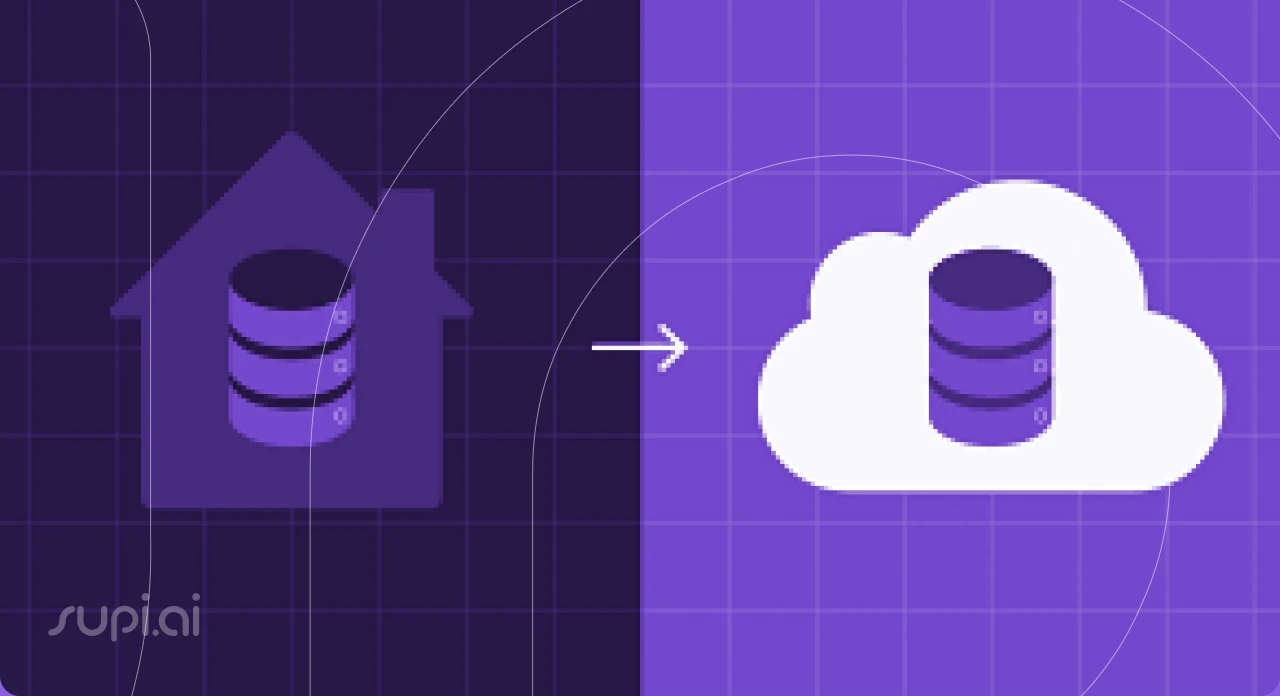In today’s data-driven world, businesses are constantly searching for ways to make better use of the vast amounts of data they generate and collect. Enter the enterprise knowledge graph—a transformative tool that has the potential to revolutionize how organizations handle and utilize their data. But what exactly are enterprise knowledge graphs, and why are they so important?
Understanding Knowledge Graphs
Definition and Basic Concepts
At its core, a knowledge graph is a sophisticated data structure that represents information in a network of entities and their interrelations. Think of it as a map where nodes represent entities (like people, places, and things), and edges represent the relationships between them. This network allows for more intuitive data retrieval and insights.
History and Evolution of Knowledge Graphs
Knowledge graphs aren’t a new concept. They have evolved from early semantic web technologies and ontologies, growing in complexity and application over time. Initially popularized by major tech companies like Google, they have since found a myriad of applications across various industries.
Difference Between Traditional Databases and Knowledge Graphs
Traditional databases store data in rows and columns, which is great for transactional systems but falls short in capturing complex relationships. Knowledge graphs, on the other hand, excel in linking disparate pieces of data, making it easier to draw connections and insights that would be hard to spot otherwise.
Components of an Enterprise Knowledge Graph
Nodes and Edges
The fundamental components of a knowledge graph are nodes (entities) and edges (relationships). These components work together to create a rich, interconnected data environment.
Data Sources Integration
One of the strengths of knowledge graphs is their ability to integrate various data sources. Whether it’s structured data from databases or unstructured data from documents, knowledge graphs can unify these sources into a cohesive whole.
Semantic Layer
The semantic layer is what gives a knowledge graph its intelligence. By adding meaning and context to data, this layer ensures that the relationships and entities within the graph are understandable and usable.
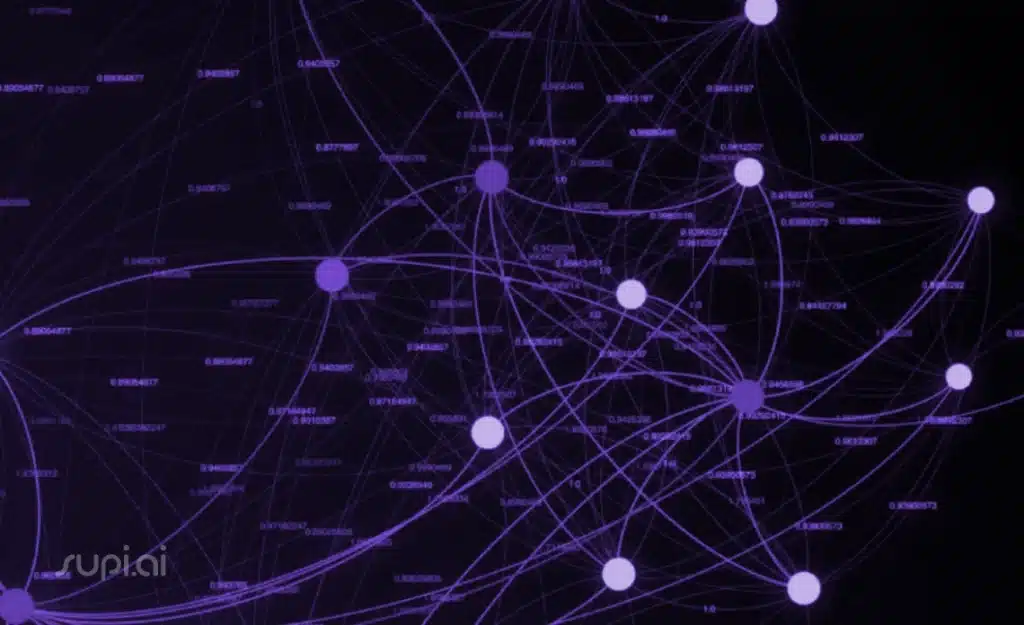
Benefits of Enterprise Knowledge Graphs
Enhanced Data Connectivity
Knowledge graphs break down data silos, connecting data from different departments and systems. This interconnectedness allows for more comprehensive data analysis and better decision-making.
Improved Data Quality and Consistency
With a knowledge graph, businesses can enforce data standards and consistency. This means cleaner, more reliable data, which is crucial for any data-driven decision-making process.
Advanced Analytics and Insights
By revealing hidden patterns and relationships, knowledge graphs provide advanced analytical capabilities. This leads to deeper insights and more informed strategic planning.
Streamlined Business Processes
Knowledge graphs can automate and optimize various business processes. For instance, they can enhance customer service by providing agents with a complete view of the customer’s history and interactions.
Implementing Enterprise Knowledge Graphs
Key Steps in Implementation
Implementing a knowledge graph involves several key steps: identifying use cases, gathering and integrating data, building the graph, and maintaining it. Each step requires careful planning and execution.
Tools and Technologies
There are several tools and technologies available for building knowledge graphs, such as Neo4j, Amazon Neptune, and Stardog. Choosing the right tool depends on the specific needs and scale of your organization.
Common Challenges and Solutions
Implementing a knowledge graph is not without its challenges. Data integration issues, scalability, and maintaining data quality are common hurdles. However, with the right strategies and tools, these challenges can be effectively managed.
Use Cases of Enterprise Knowledge Graphs
Customer Relationship Management (CRM)
In CRM, knowledge graphs can create a unified view of customer data, helping businesses understand customer behavior and preferences more deeply.
Supply Chain Management
Knowledge graphs enhance visibility across the supply chain, enabling better tracking, risk management, and optimization.
Fraud Detection
By analyzing relationships and patterns in data, knowledge graphs can help detect and prevent fraudulent activities more effectively.
Knowledge Management and Discovery
For knowledge-intensive industries, knowledge graphs aid in organizing and discovering relevant information, thus boosting productivity and innovation.
Best Practices for Maintaining Knowledge Graphs
Regular Updates and Maintenance
Keeping the knowledge graph up to date is essential for its accuracy and usefulness. Regular updates ensure that the data reflects the current state of the business.
Data Governance and Compliance
Establishing robust data governance policies is critical for maintaining data quality and compliance with regulations.
Scalability Considerations
As the amount of data grows, so must the knowledge graph’s ability to handle this increase. Scalability should be a core consideration from the outset.
Future Trends in Enterprise Knowledge Graphs
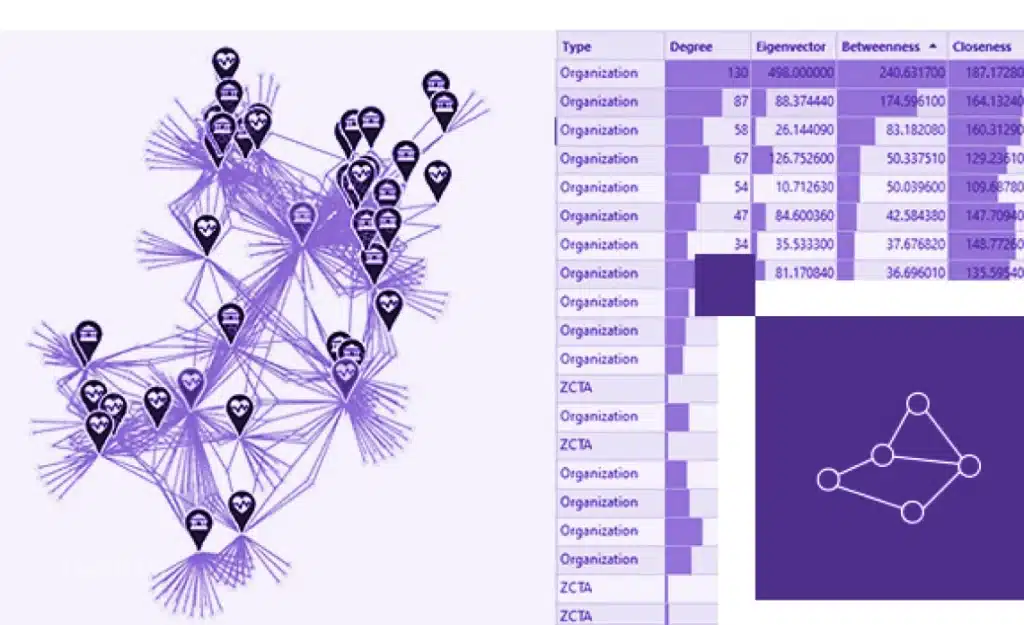
Integration with AI and Machine Learning
The integration of AI and machine learning with knowledge graphs is paving the way for even more powerful data analytics and automation capabilities.
Increasing Automation
Automation of data ingestion and processing within knowledge graphs is becoming more prevalent, reducing manual effort and increasing efficiency.
Expansion in Various Industries
Knowledge graphs are finding applications in a wider range of industries, from healthcare to finance, indicating their growing importance and versatility.
Conclusion
Enterprise knowledge graphs represent a significant advancement in how businesses can leverage their data. By connecting disparate data sources and providing deeper insights, they enable more informed decision-making and streamlined processes. As technology continues to evolve, the potential of knowledge graphs will only grow, making them an indispensable tool for any data-driven organization.
